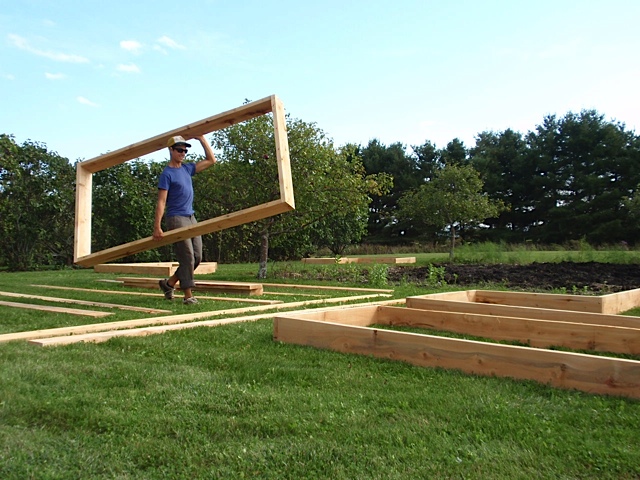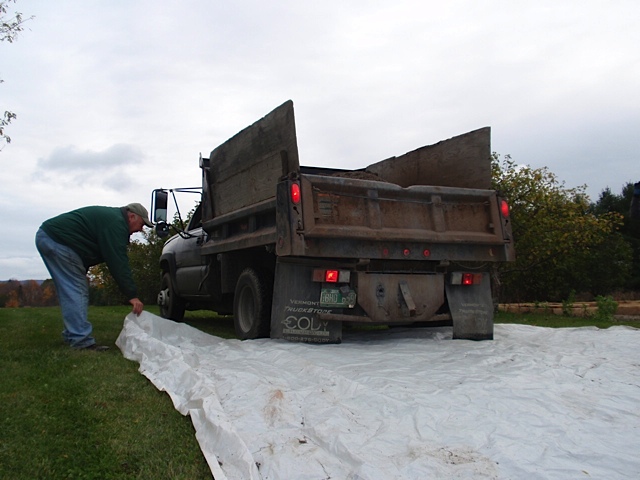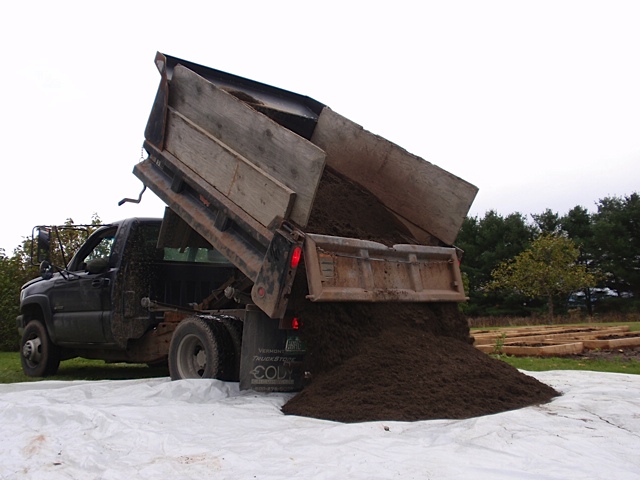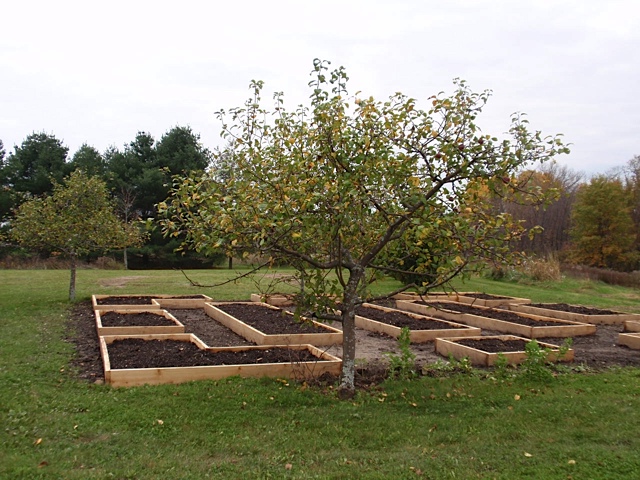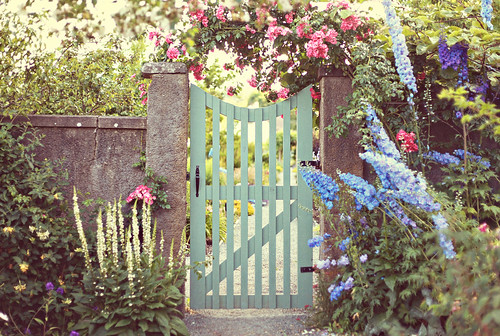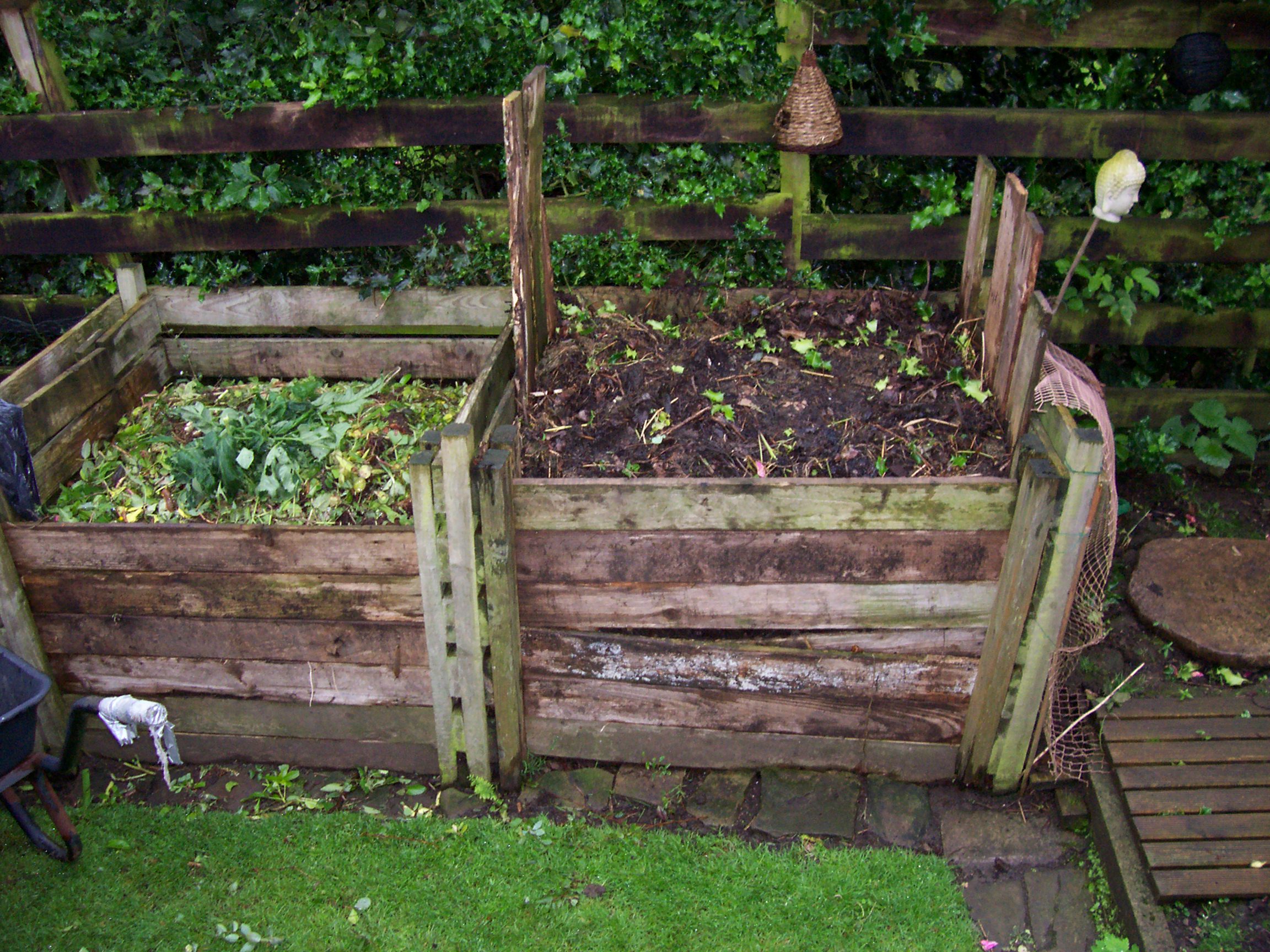
Meet Lori and Doug, two of our favorite long-time customers and friends. Our skillful and talented guy, Eric Denice, built them some beautiful raised beds and they've been busy planting. Check out what's sprouting in their garden. These photos are from a few weeks ago, and we are updating them as we find time....so stay tuned to see more of this great progress.

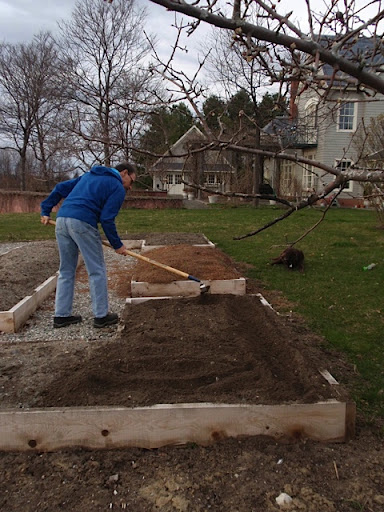





I think some incredible meals will be coming out of this garden and kitchen this summer. Keep checking in to see the changes!


